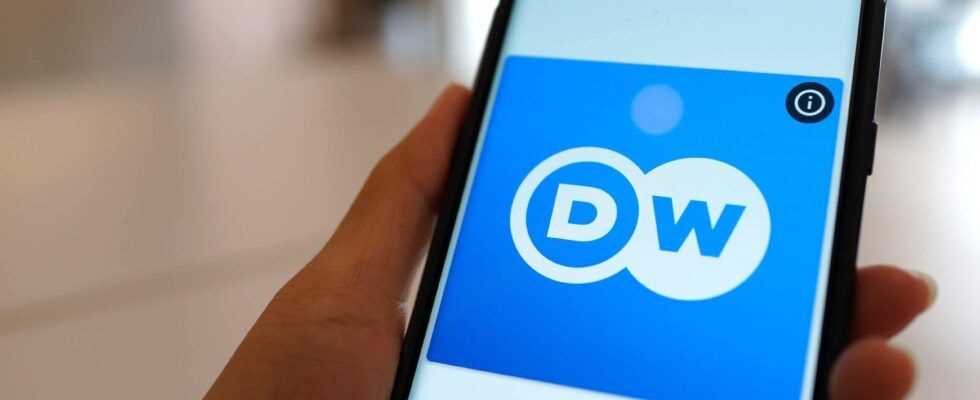The media company started a self-experiment and auctioned its own NFT. The profits are intended to benefit the freedom of the press.
The crypto market is booming. Feels like everyone: r creates and sells art in the form of non-fungible tokens (NFTs). But it’s not just the art market that can benefit from blockchain technology. The media house German wave has examined the process from minting (creating) an NFT to auctioning in a self-experiment. Those responsible reported the results of the test run to BTC-ECHO.
Understand the NFT phenomenon
“We justified it journalistically for ourselves that we simply want to understand this phenomenon better,” says Nicolas Martin, who works on the project. “And I think we can only do that if we do it ourselves.”
Although blockchain technology is trickling more and more towards the mainstream, DLT is often still very abstract for the mainstream. In order to gain initial experience in the NFT space, Deutsche Welle commissioned the Berlin-based illustrator Marc Löricke to create a work of art. The video, which addresses press freedom worldwide, has been on the platform since November 16 Foundation for 24 hours auction. The work of art is immortalized on the Ethereum blockchain. The starting bid set by the media company was 0.10 ETH.
According to Martin, reporting on the test run is like “like selling a book on eBay in 1995 and writing about how it works.”
NFTs as a black box
According to Martin, the résumé of the self-experiment turned out to be double-edged. So there was an initial uncertainty about the process – and about how it should all work in practice.
“The hurdles lay in the fact that we didn’t know what was going to happen technically and what costs such an NFT would ultimately cause,” explained Martin. “Technically, it was relatively user-friendly, but the costs came together quite a bit.”
Among other things, the so-called gas fees in the Ethereum network are meant, which are currently approaching their all-time high in May of this year. With currently around 44 US dollars per transaction, they are quite noticeable in the wallet. These fees are due for the creation of an NFT in order to record the respective metadata with a smart contract and to document the change of ownership of the token.
“It’s always communicated that cryptocurrencies and the NFT market have decentralization at their core – everyone can access it, it’s easy, and so on – I haven’t seen that here before. It wasn’t super easy and it wasn’t super cheap and there were already quite a few middlemen who still made money, ”said Martin.
In addition to the auction of art, there are many other use cases for NFTs. In terms of fake news and verification processes for media, blockchain technology could offer great potential in the journalism sector, Martin also sees this.
“If videos and photos can also be provided with NFTs, then it will be easier to verify originals. So I can look better, is it an original video – for example from a war situation – or has it been changed through deepfakes or image manipulation, ”he says.
“But the whole thing has to be much cheaper and more energy efficient,” says Martin.
Ultimately, the DW-NFT was auctioned for 0.1337 Ether (equivalent to 566.28 US dollars). The media company wants the proceeds Reporters without borders Donate to set an example for freedom of the press worldwide.
